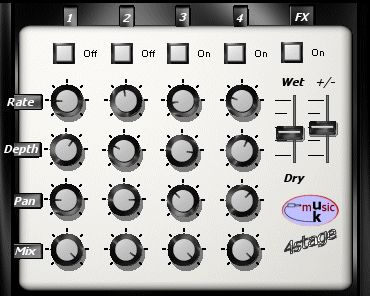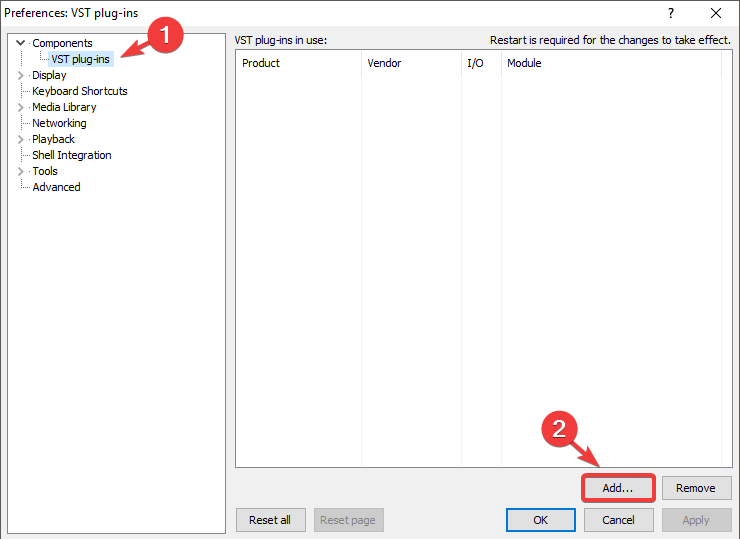Vst 2.4 Plugins
Posted By admin On 16.12.20Steinberg releases VST 2.4 standard with new features
World’s leading audio interface standard gets 64-bit capability, Mac/Intel support, double precision processing and more
The Best Free VST Instrument Plugins. Many of the most popular VST instruments, such as Massive or Omnisphere, come with a fairly high price tag.If you’re a music production beginner, you may not be ready to fork out hundreds of dollars on various production effects and plugins just yet, which is completely understandable. VST 2.4 Plugins Does anyone know what the advantages are to using the VST3 version of a plugin vs. Its VST2.4 version? If there is a VST3 version of a plugin available, I generally just install and use that version (in 64 bit) because it is the newer standard.
Anaheim/Hamburg, January 19 2006 - Steinberg Media Technologies GmbH Is pleased to announce the release of the SDK for a new version of its Virtual Studio Technology interface standard. /free-vst-for-techno.html. The latest 2.4 version of the world’s most popular plug-in standard offers new features for developers of audio applications and plug-ins, including full support for 64-bit audio, double precision floating point capability and complete compatibility with the newest Intel-based Apple Macintosh computers.
“VST 2.4 offers a set of new features that place it firmly at the cutting edge of audio technology,” comments Markus Stehlik, Steinberg’s Director of Engineering. “In updating our VST standard with the new features, we are ensuring its compatibility with the technologies of today and tomorrow, and we will continue to provide VST with new specifications as new technologies develop in the future,” Stehlik continues.
VST 2.4 allows developers of third party plug-ins and VST instruments to build products that run natively on 64-bit platforms. Double precision (64-bit) floating point audio samples are also supported to allow even higher resolution audio processing with VST. The included Mini Host example application allows for testing of 64-bit plug-ins in a suitable environment, while the new VST Parameters Structure allows plug-in programmers to make the available parameters even easier for the end customer to find and utilize. The VST SDK has also been given a general overhaul for the 2.4 version, making it clearer and simpler to use.
Walkthrough
You usually just need to put the plugin's DLL file into the VST plugin folder of your DAW.
Make sure to install the proper plugin version (64-bit or 32-bit) matching your DAW, and not Lightjams.

Start Lightjams - it's still a standalone app. The VST plugin communicates with Lightjams via OSC. That means Lightjams can run on the same computer as your DAW or on another computer on the network.
Use this sample project to get the default VST to OSC mappings.

Create your effect library in Lightjams and link anything to the OSC values coming from your DAW.
The VST plugin sends all the timing info, including the BPM, time signature, beat position, etc. There are also 64 configurable values that can be used to control anything you want.
You can automate the 64 parameters of the VST plugin to trigger whatever you want in Lightjams, perfectly in sync with the audio track.
You can change quite a few parameters by editing the optional configuration file of the plugin. The file must be named the same as the plugin dll file with the '.config' appended to it. Put this file next to the plugin's DLL file.
Here's an example configuration file for the 64-bit plugin.
Vst 2.4 Plugin
Please note that if you change the names of the knobs, you also need to map the new OSC addresses in Lightjams. Also, use only plain ASCII characters for the names of the knobs.